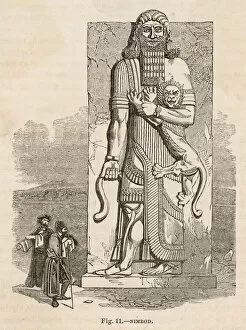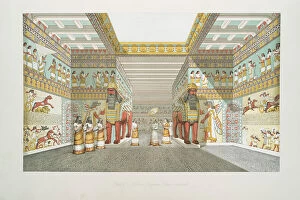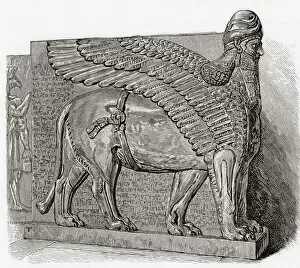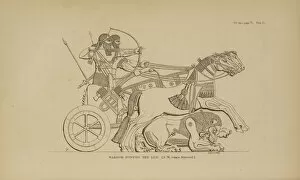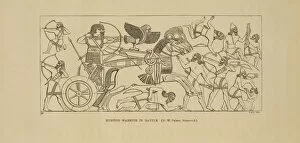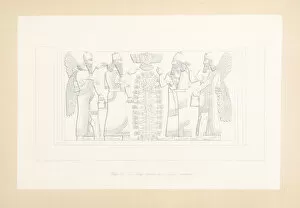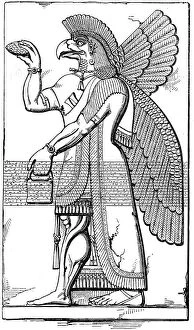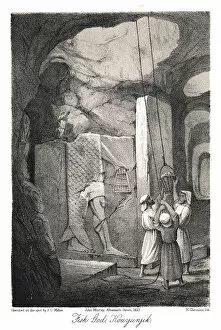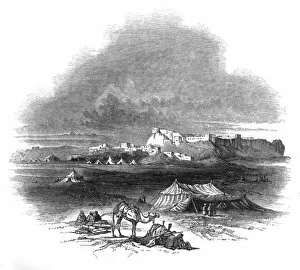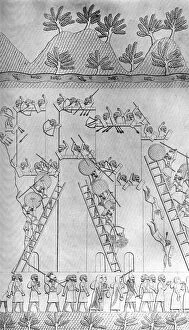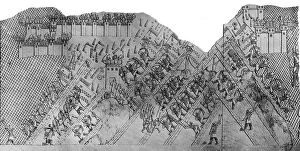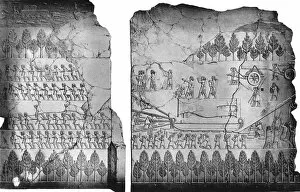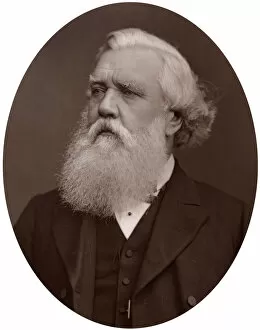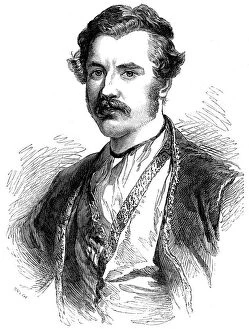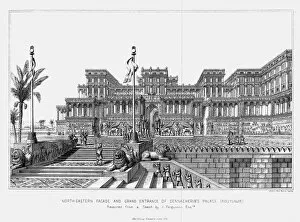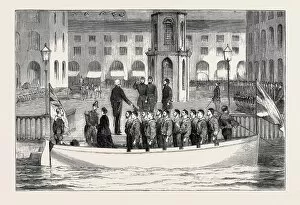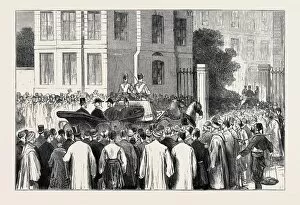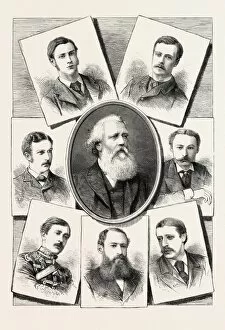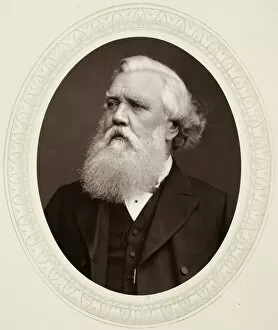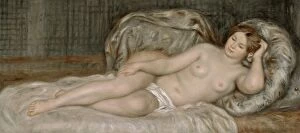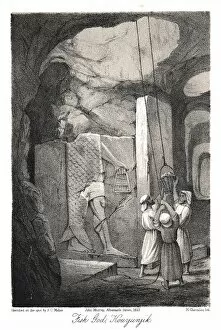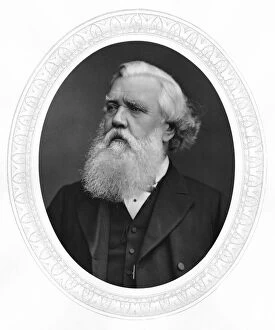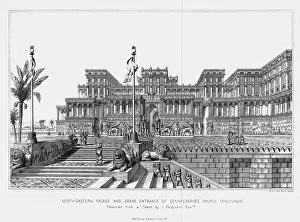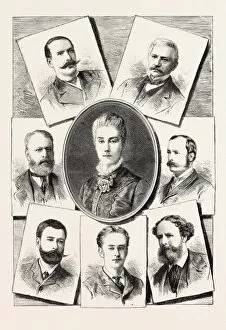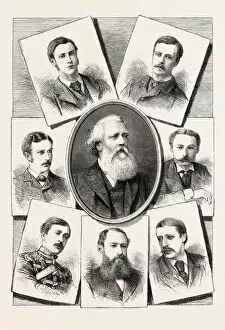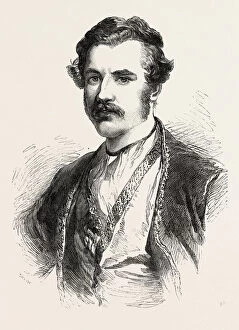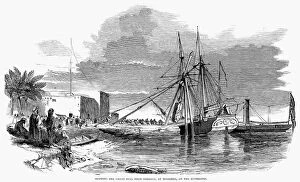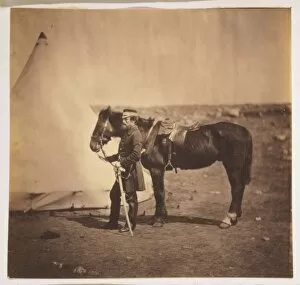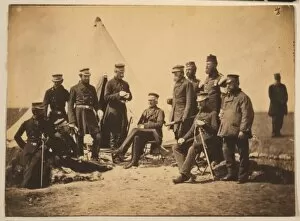Layard Collection
Austen Henry Layard: Unveiling the Ancient World Step into the fascinating world of Austen Henry Layard, a renowned British archaeologist, politician
For sale as Licensed Images
Choose your image, Select your licence and Download the media
Austen Henry Layard: Unveiling the Ancient World Step into the fascinating world of Austen Henry Layard, a renowned British archaeologist, politician, and diplomat who dedicated his life to unraveling the mysteries of ancient civilizations. From Gilgamesh to the Layard Relief, his discoveries have left an indelible mark on our understanding of history. Layard's tireless efforts brought forth astonishing monuments from Nineveh, their intricate drawings revealing stories long forgotten. His first series of spot-on excavations at Nimroud unearthed treasures that had been buried for centuries, leaving historians in awe. Engravings depicting a Phoenician War Galley showcased Layard's meticulous attention to detail and artistic flair. Each stroke captured the essence of this ancient vessel, transporting us back in time to witness its grandeur firsthand. In 1890, an unknown creator unveiled "The Procession of the Bull, " a masterpiece inspired by Layard's findings. This captivating artwork immortalized the magnificence surrounding these majestic creatures and their significance in ancient cultures. Layard's restorations breathed life into historical sites such as The Palace of Kouyunjik and The Palaces of Nimrud. These architectural wonders were meticulously reconstructed under his watchful eye, allowing us to envision their former glory with unparalleled clarity. Through his artistry and expertise as an archaeologist-turned-artist, Sir Austen Henry Layard depicted dramatic scenes like no other. "A city taken by assault by Assyrians" transports us right into battle while "Assault on the City of Lachish" captures intense moments from 700-692 BC with remarkable precision. One cannot overlook Layard's pivotal role in preserving history through his depiction of Assyrians moving a winged bull. This iconic image encapsulates both power and grace—a testament to civilization's rich tapestry that he tirelessly unraveled piece by piece.

